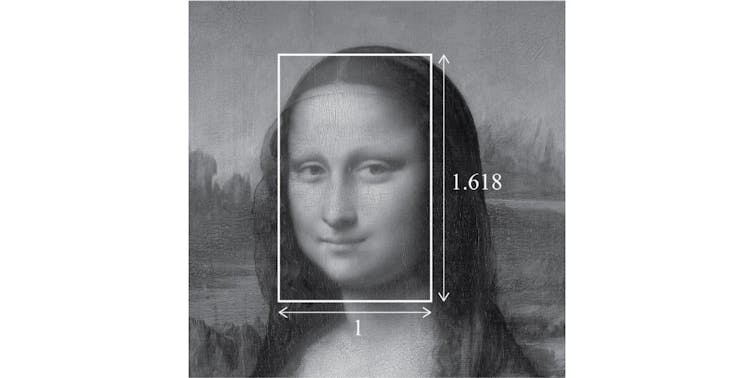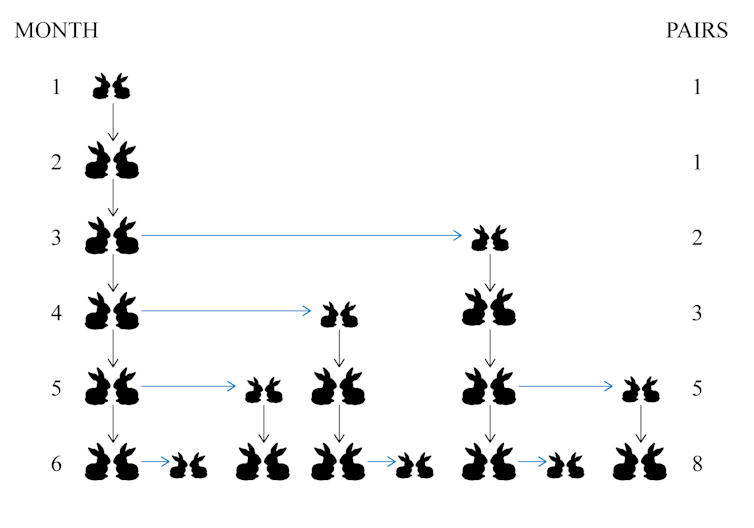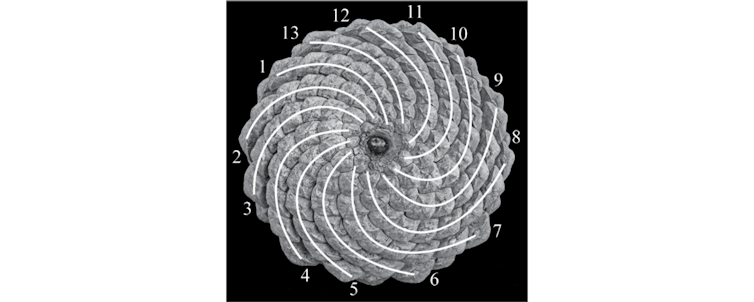Pi gets all the fanfare, but other numbers also deserve their own math holidays
Pi gets a lot of attention this time of year, but there are plenty of other mathematical constants just as deserving of recognition.

March 14 is celebrated as Pi Day because the date, when written as 3/14, matches the start of the decimal expansion 3.14159… of the most famous mathematical constant.
By itself, pi is simply a number, one among countless others between 3 and 4. What makes it famous is that it’s built into every circle you see – circumference equals pi times diameter – not to mention a range of other, unrelated contexts in nature, from the bell curve distribution to general relativity.
The true reason to celebrate Pi Day is that mathematics, which is a purely abstract subject, turns out to describe our universe so well. My book “The Big Bang of Numbers” explores how remarkably hardwired into our reality math is. Perhaps the most striking evidence comes from mathematical constants: those rare numbers, including pi, that break out of the pack by appearing so frequently – and often, unexpectedly – in natural phenomena and related equations, that mathematicians like me exalt them with special names and symbols.
So, what other mathematical constants are worth celebrating? Here are my proposals to start filling out the rest of the calendar.
The Golden Ratio
For January, I nominate the Golden Ratio, phi. Two quantities are said to be in this ratio if dividing the larger by the smaller quantity gives the same answer as dividing the sum of the two quantities by the larger quantity. Phi equals 1.618…, and since there’s no Jan. 61, we could celebrate it on Jan. 6.
First calculated by Euclid, this ratio was popularized by Italian mathematician Luca Pacioli, who wrote a book in 1509 extravagantly extolling its aesthetic properties. Supposedly, Leonardo da Vinci, who drew 60 drawings for this book, incorporated it into the dimensions of Mona Lisa’s features, a choice some claim is responsible for her beauty.

The first inkling that phi occurs in nature came from another Italian, Fibonacci, while studying how rabbits multiply. A common reproductive assumption was that each pair of rabbits begets another pair every month. Start with a single rabbit pair, and successive populations will then follow the sequence 1, 2, 4, 8, 16, 32, 64, 128, 256 and so on – that is, get multiplied by a monthly “growth ratio” of 2.
What Fibonacci observed, though, was that rabbits spent the first cycle reaching sexual maturity and only began reproducing after that. A single pair now gives the new, slower progression 1, 1, 2, 3, 5, 8, 13, 21, 34… instead. This is the famous sequence named after Fibonacci; notice that each population turns out to be the sum of its two predecessors.

How does phi show up amid all these randy rabbits? Well, progressing through the sequence, you see that each number is about 1.6 times the previous one. In fact, this growth ratio keeps getting closer and closer to 1.618…. For instance, 21 equals about 1.615 times 13, and 34 equals about 1.619 times 21. This means the rabbits settle down to reproducing with a growth ratio that is no longer 2, but rather, gets closer and closer to the Golden Ratio.

Actual rabbits are unlikely to follow this rule precisely. For one, they have the unfortunate tendency to get eaten by predators. But the Fibonacci numbers – like 5, 8, 13 and so on – show up extensively in nature, like in the number of spirals you might see in a typical pine cone. And yes, phi itself makes a few appearances as well, perhaps most notably in the way leaves arrange themselves around a stem to maximize exposure to sunlight.
The constant ‘e’
February offers another blockbuster constant, Euler’s number e, which has the value 2.718…. So mark next Feb. 7 for the shindig.
To understand e, consider “doubling” growth again, but now in terms of the “population” of dollars in your bank account. By some miracle, your money in this example is earning you 100% interest, compounded each year. Each $1 invested becomes $2 at year’s end.
Suppose, however, the interest is compounded semiannually. Then 50% of the interest is credited midyear, giving you $1.50. You get the remaining 50% interest on this $1.50 at the end of the year, which works out to $0.75, giving you $2.25 ($1.50 + $0.75). So your investment gets multiplied by 2.25, rather than 2.
What if a war broke out between banks, each offering to compound the same 100% interest over shorter and more frequent intervals? Would the sky be the limit in terms of your payout? The answer is no. You could raise your growth ratio from 2 to about 2.718 – more precisely, to e – but no higher. Although you get more frequent credits, they have progressively diminishing returns.
In the late 17th century, the discovery of calculus led to a quantum leap in people’s ability to grapple with the universe. Math could now analyze anything that changed – which extended its domain to most phenomena in nature. The constant e is famous because of its iconic role in calculus: It turns out to be the most natural growth factor to track change. Consequently, it shows up in laws describing many natural processes - from population growth to radioactive decay.
Next on our calendar of mathematical constants would come pi, of course, for March. My nominee for April is Feigenbaum’s constant delta, which equals 4.669… and measures how quickly growth processes spin off into chaos.
I’ll wait for my first batch to achieve official holiday status before going any further – happy to consider any candidates you want to nominate.
Manil Suri does not work for, consult, own shares in or receive funding from any company or organization that would benefit from this article, and has disclosed no relevant affiliations beyond their academic appointment.
Read These Next
What’s at stake in Trump’s executive order aiming to curb state-level AI regulation
In the absence of comprehensive federal AI regulation, states have stepped in. The Trump administration,…
Donor-advised funds have more money than ever – and direct more of it to politically active charitie
When foundations make grants to DAFs, the digital trail normally created instead becomes a dead end.
Sharks and rays get a major win with new international trade limits for 70+ species
Sharks have had a tough time since the 1970s, when overfishing, habitat loss and a growing trade in…





